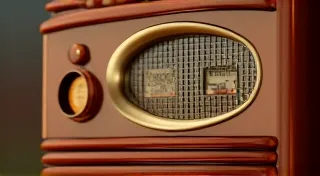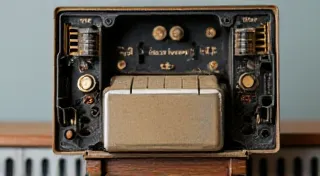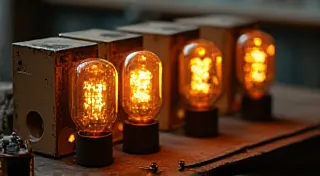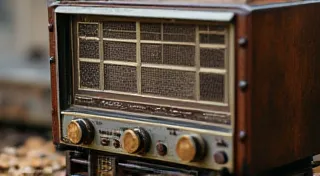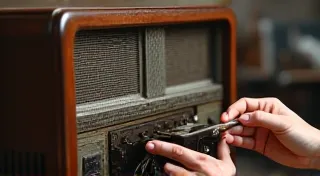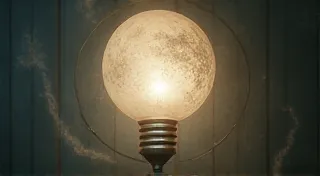Filament Dreams: Mapping the Constellations of Vintage Signal Paths
There’s a certain quiet hum that resonates deep within the soul when you’re face-to-face with an antique tube radio. It’s not just the potential for sound, but the feeling of connection—a bridge across decades, a whisper from a time when craftsmanship and ingenuity reigned supreme. I remember finding my first radio, a Philco 48, at an estate sale. It was tucked away in a dusty corner, the veneer cracked and yellowed, but the sheer presence of it, the promise of the mechanisms humming within, captivated me. It felt less like finding an object, and more like unearthing a forgotten constellation.
These radios, you see, aren’t simply collections of components; they are miniature universes. Within their wooden cabinets and Bakelite housings lies a meticulously arranged dance of electrons, a carefully choreographed signal path that, when functioning correctly, brings voices and music from across the airwaves into your living room. Understanding that signal path, tracing its intricacies, is akin to charting the heavens, identifying nebulae of capacitors and galaxies of resistors.
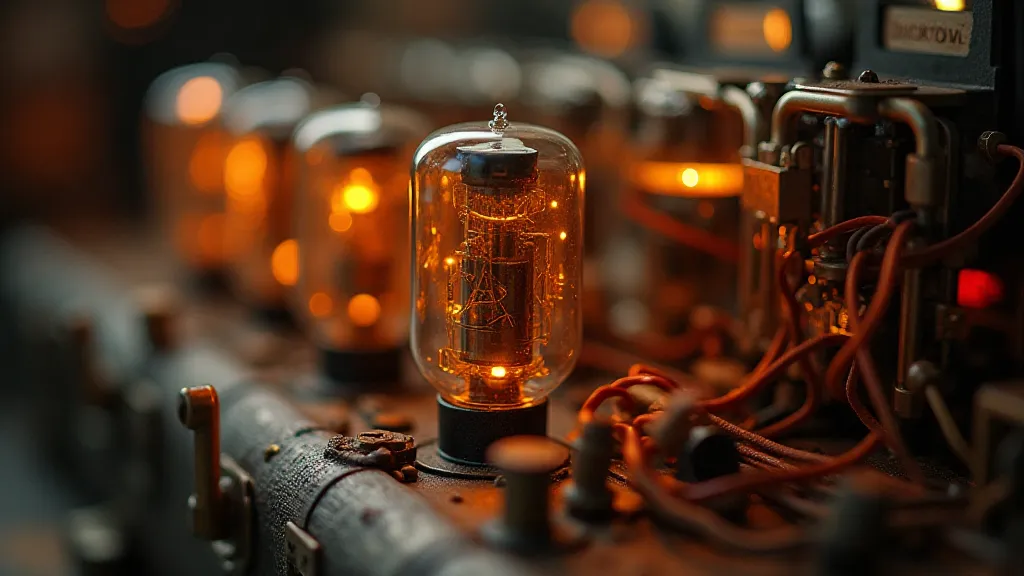
The Celestial Blueprint: Early Radio Architecture
Early radio design, particularly in the 1920s and 30s, was a testament to the resourcefulness of early engineers. Without the sophisticated microchips and integrated circuits we take for granted today, they relied on vacuum tubes—glass bulbs containing filaments that, when heated, emitted electrons. These electrons were then manipulated by carefully arranged grids and plates to amplify weak radio signals captured by the antenna. Each tube played a specific role—some rectified the signal, others amplified it, and still others detected the audio frequency. The sheer elegance of the architecture is breathtaking. Consider the regenerative receiver, a marvel of simplicity and efficiency. A single tube performs the amplification and detection – a testament to elegant engineering. These weren't just radios; they were works of art, often adorned with beautiful cabinetry and Art Deco styling.
The early signals themselves were a different beast entirely. AM broadcasting was king, frequencies were less regulated, and atmospheric conditions played a much larger role in reception. The antenna, often a long wire strung between buildings, was crucial for capturing these faint signals. Grounding, too, was critical, something often overlooked by modern enthusiasts. Without a proper earth connection, the radio can be plagued by hum and interference, masking the desired signal.
Navigating the Signal Galaxy: Troubleshooting Intermittent Faults
Restoring these radios isn’t just about replacing faulty components; it's about understanding the entire system, appreciating the delicate interplay of each element. One of the most frustrating aspects of radio repair, particularly with antique tube radios, is tracking down intermittent faults. A connection that works perfectly one day might fail the next, leaving you staring at a schematic diagram, wondering what cosmic force is at play.
Intermittent problems often stem from aged paper capacitors, brittle insulation on wires, or oxidized tube sockets. The aging process weakens these components, causing them to crack, degrade, and create unpredictable electrical paths. A classic example is the “phantom hum.” It might appear only when the radio is warm, or only when a particular knob is rotated. It’s like chasing a ghost—elusive and frustrating.
My approach is methodical. I start by visually inspecting the entire chassis, looking for signs of damage or degradation. Then, I use a signal tracer—a handy tool that allows you to follow the radio signal path, identifying where it disappears or weakens. It's a process of elimination, a detective story where the clues are hidden in the circuitry.
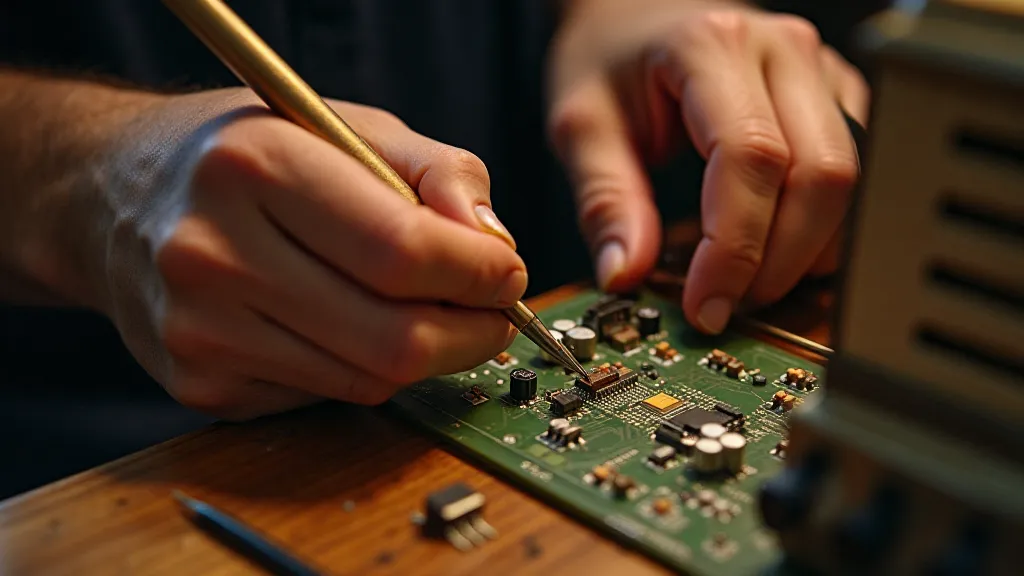
The Human Touch: Craftsmanship and the Pursuit of Authenticity
Beyond the technical aspects, restoring antique radios involves preserving the human element. These radios weren't mass-produced; they were crafted by skilled artisans who took pride in their work. The quality of the cabinet work, the careful selection of materials, the attention to detail – these are all testaments to a different era, a time when craftsmanship was valued above all else.
When restoring a radio, I strive to maintain as much of the original character as possible. Replacing a damaged cabinet part with a perfect replica is tempting, but it compromises the authenticity of the radio. A few cracks and scratches tell a story – a story of time passed, of lives lived, of memories created.
Even the type of solder used matters. Modern lead-free solder can behave differently than the lead-based solder used originally, potentially affecting the longevity of the repair. Similarly, the type of wax used to insulate connections can impact the radio’s performance. The details, often overlooked, contribute to the overall authenticity and integrity of the restoration.
More Than Just Sound: A Connection to History
Restoring antique tube radios isn't merely a hobby; it's a connection to history, a way to keep a piece of the past alive. Each radio has a story to tell—a story of the families who listened to it, the events it witnessed, and the music it played. When I hear the crackle of the tubes and the warm tones of a vintage broadcast, I’m not just hearing sound; I’m hearing echoes of the past.
There's a certain magic in bringing these machines back to life, in allowing them to once again fill a room with the voices and music of a bygone era. It’s a deeply satisfying experience, a reminder of the ingenuity and artistry of the people who created them, and a tribute to the enduring power of human connection.
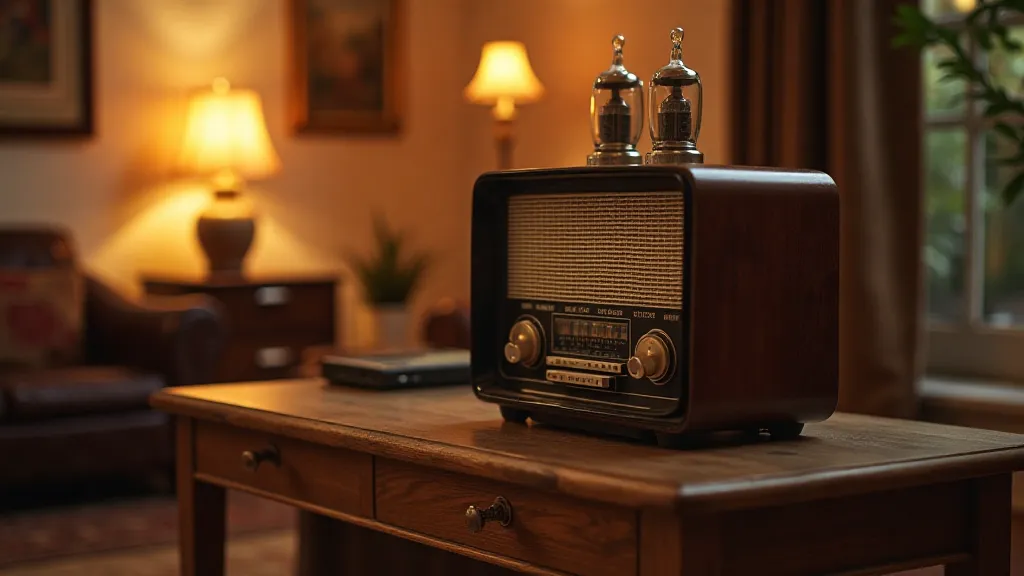
The universe of antique radios is vast and intricate, full of challenges and rewards. It's a journey of discovery, a constant learning process, and a deeply satisfying way to connect with the past. Like charting the constellations, understanding these machines reveals a beauty and complexity that continues to inspire.
